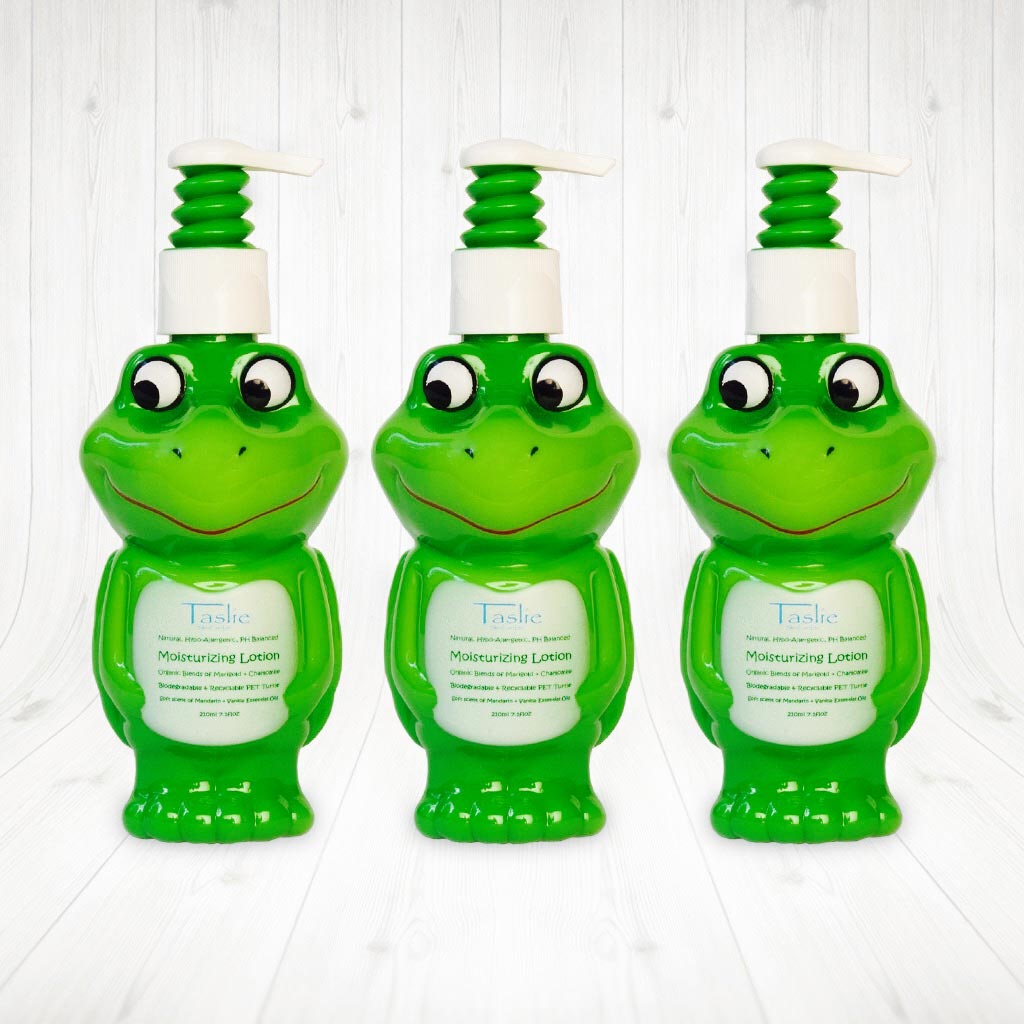A Naturopathic Approach to Childhood Eczema…
Do you tire of seeing your little one suffer from red, itchy skin rashes? Have you ever wondered if there was anything else you could do to relief the discomfort, apart from, steroid ointments?
Eczema, also known as, atopic dermatitis, is a chronic skin condition characterized by red, flaky and itchy skin patches that can present in different areas on the body (e.g. face, hands, elbow and knee creases, forearms and legs). It is most commonly seen in infants and small children but can persist into adulthood. The majority of cases are mild with less than 15% of cases presenting as moderate and less than %5 as severe (Br J Dermatology 1998;139:73-6).
The underlying causes vary, however genetic predisposition often plays a role in many individuals, if one or both parents have or have had eczema then the likelihood that their child will have is as high as 70%. There are also several aggravating factors that can precipitate a flare up, these include: changes in temperature and humidity (ie. dry winter air); irritants in detergents and body care; certain materials used in clothing; airborne allergens; stress; and foods. The latter I have found to be one of the most common factors that flares eczema.
One of the first things I always educate parents about is the close relationship between the gut and the immune system. Most of our immune tissue lines our intestinal tracts. If your child consumes a food that his or her immune system does not like, then the body will react negatively to it and in the case of eczema, a red itchy skin rash will appear. Food allergy and sensitivity testing are ways to identify the culprits, however, simple food elimination of the most common foods known to exacerbate eczema can be removed from the diet for a minimum of 6-12 weeks. These foods include: diary, gluten, soy, citrus, strawberry and tomato.
Skin that is prone to eczema does not hold water well and often there is a deficiency of certain fatty acids that are a normal component of healthy skin. As a result, the skin becomes dry and flaky which exacerbates the itch, over scratching can lead to breaks in the skin which increases the risk of bacterial infection.
Therefore, when choosing a topical cream, it is important that it contain ingredients to rehydrate the skin, nourish the skin with essential fatty acids and other skin nutrients, soothe the inflammation and the itch, provide antibacterial protection, as well as seal in the moisture to bring about relief and healing. There are many creams and ointments on the market for treating eczema but keep in mind that not all are created equally and what works for one person may not work for another. The following is a list of natural ingredients to consider: oils such as coconut, shea butter, almond and jojoba; herbs such as calendula, chickweed and comfrey; beeswax and manuka honey; zinc oxide and allantoin; and colloidal oatmeal.
Dr. Sarah Sjovold is a Naturopathic Doctor who practices at the Integrated Health Clinic in Fort Langley, BC. She has seen and treated countless cases of childhood eczema in her practice. For more information please visit her website at www.drsjovold.com.


 Taslie Skin Care Ltd. takes great care to create products that are gentle on even the most delicate skin. Children’s developing organs are more vulnerable to damage from chemical exposure. All of our products are biodegradable and specially formulated to cleanse and moisturize with natural and organic ingredients.
Taslie Skin Care Ltd. takes great care to create products that are gentle on even the most delicate skin. Children’s developing organs are more vulnerable to damage from chemical exposure. All of our products are biodegradable and specially formulated to cleanse and moisturize with natural and organic ingredients. Our bottles use PET recyclable plastics which we will be combining with ECOSPACK produced by Adairo Distribution, Inc. This is the first step towards a cleaner environment.
Our bottles use PET recyclable plastics which we will be combining with ECOSPACK produced by Adairo Distribution, Inc. This is the first step towards a cleaner environment.  Our Turtle bottle helps young children understand conscious consumption with a portion of sales donated to conserve endangered sea turtles.
Our Turtle bottle helps young children understand conscious consumption with a portion of sales donated to conserve endangered sea turtles.